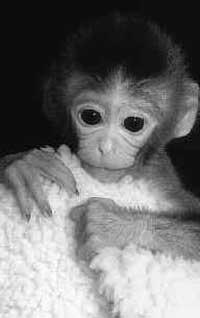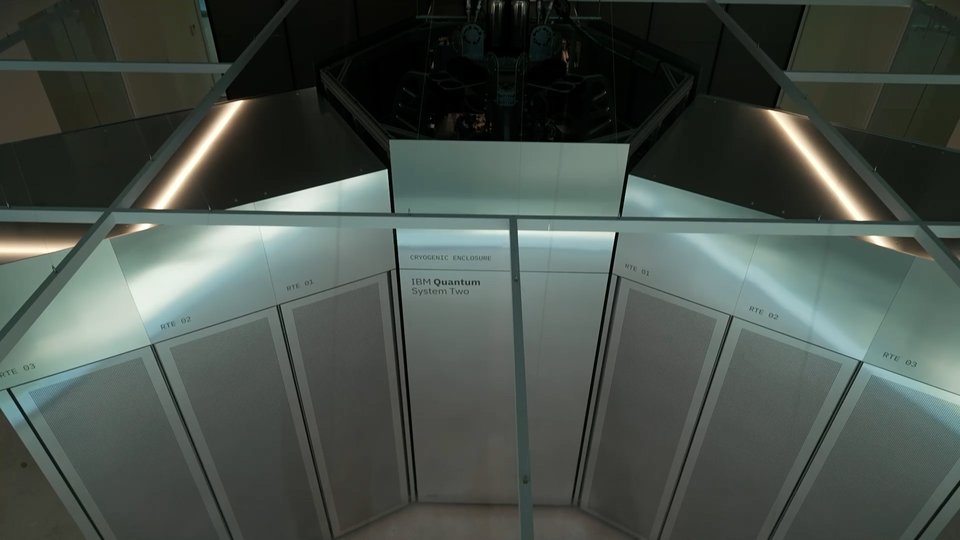The gene that decides the fate of Klon
To clarify why, a group of scientists at the University of Pennsylvania have studied the genome of cloned rat embryos. Everything seems to be the fault of a gene: The gene called Oct4 seems to condition the viability of the clone.

The first step in the cloning technique is to introduce the DNA of an adult cell into an embryonic cell. In order for this DNA to know the mechanisms of the new cell and start using them, a reprogramming must occur in itself. This reprogramming activates the genes necessary for the development of the embryo and deactivates those of the adult cell.
It is considered essential to know how and where the Oct4 gene is activated during the reprogramming process. It seems that in the clones that die the Oct4 gene is activated in a bad place or at a wrong time. Normally, the Oct4 gene is activated when the embryo is made up of four cells and the activity gradually decreases. However, if the gene Oct4 of cloned embryos is activated when it is not necessary, the tissues develop incorrectly and therefore the embryo dies.
According to scientists who have made this discovery, the only way to ensure viability is to choose embryos with a good activity of the Oct4 gene. In any case, the same scientists want to make it clear that this gene is not the only responsible for viability, since what happens with that gene is very likely to happen with other unknown genera.
Buletina
Bidali zure helbide elektronikoa eta jaso asteroko buletina zure sarrera-ontzian










